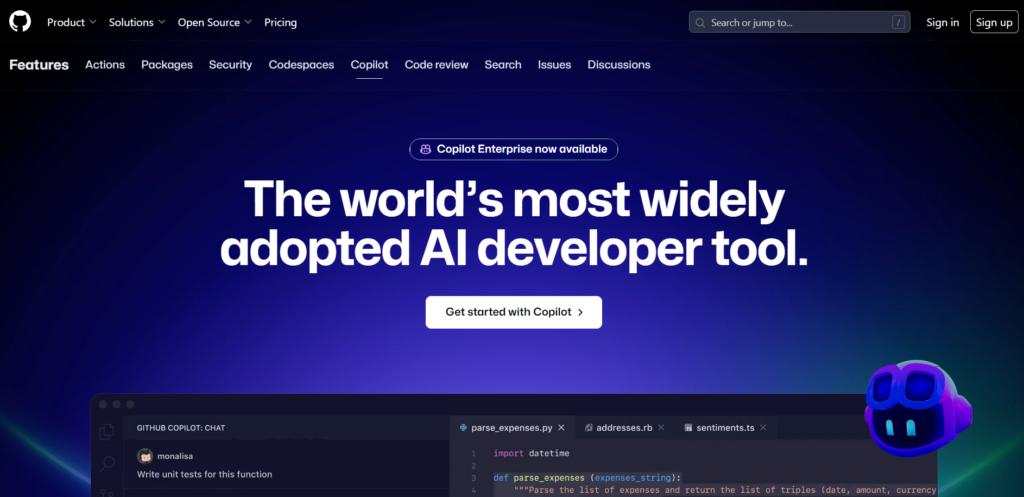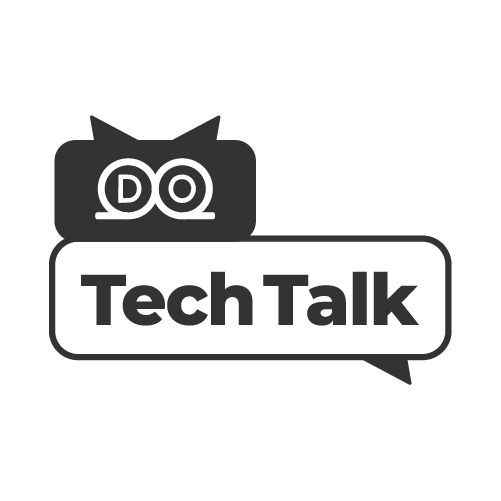1. Generative AI Boosts Business Productivity
Generative AI is making companies take notice.

By 2025, generative AI is expected to represent about 30% of the entire AI market and will be worth about $60 billion.
Consumers expect companies to benefit from generative AI applications: Nearly 70% of consumers say they believe most companies will soon use this technology to improve customer experiences.
Generative AI platforms run on Large Language Modeling (LLM) technology.
These models are trained on billions of pages of existing text. When they receive training, LLM students pay attention to the contextual relationships between words and the patterns that appear in sentences. From there, the LLM can develop content on its own.
For example, BERT LLM can achieve 85% to 90% accuracy in just milliseconds.
And LLMs are only getting better.
In the future, AI experts say these models will be able to generate their training data to improve themselves, extract information from external sources, and operate more efficiently through an approach called “sparse expert models.”
Boston Consulting Group reports that some expect generative AI to be able to publish content in a “final draft” by 2030.
Currently, LLM degrees are still far from perfect, but companies are already taking advantage of their broad capabilities.
Healthcare startups have launched several promising generative AI technologies.
Syntegra
Syntegra, a startup founded in 2019 and headquartered in San Francisco, uses artificial intelligence to create synthetic patient data that is completely realistic but not tied to any specific patient.

Synthetic data matches the statistical accuracy of real data, so health systems and research institutions get the data they need while patient privacy remains protected.
Obtaining data this way is also much faster and often cheaper.

Generative AI has also proven to be a revolutionary technology for software developers.
Github’s Copilot
Github’s Copilot is one of the most popular AI solutions available for programming purposes.

The platform takes natural language prompts and suggests complete code or functions to satisfy the prompts. It’s called autocomplete for software developers.
One Copilot user said that programming tasks that used to take 10 minutes now take just 30 seconds.
In files where Copilot is used, GitHub says the AI solution writes 40% of the actual code.
Generative AI will soon be used in advertising as well.
Google indicates that it plans to roll out AI-powered ads soon.
Business users will simply upload the material to train the AI model. The model will then create new ads from that material, complete with new text, images, and videos.
Meta said it will introduce a similar AI model for ads on its platforms.
2. E-Commerce Growth Persists Post-Pandemic
The pandemic has completely changed the way consumers shop.
E-commerce was already on the rise before the coronavirus hit. But the pandemic has helped the e-commerce space take off at an astronomical rate.
Shopify reported that e-commerce saw 10 years of growth in just three months during the pandemic.

3. 5G Vastly Improves Data Collection And AI Capabilities
The development of the 5G mobile network has the potential to radically change business operations.
https://trends.google.com/trends/explore?date=2019-03-25%202024-04-25&q=5GThe 5G market is expected to grow at a compound annual growth rate of 65.8% until 2030 to reach a value of $797.8 billion.
This technology is crucial for companies that want to offer new services and track ideas to stay ahead of the competition.
For example, the development of the 5G mobile network improves data collection and analysis for businesses.
Overall, this means companies will have more data from more diverse sources and at faster speeds. They can then operationalize this intelligence in real-time.
These are the data speeds that companies need to use AI and automation.
Some of the capabilities include intelligent data analysis, remote medical monitoring, remote traffic light control, and monitoring of machines using virtual reality.
BMW is already testing 5G technology capabilities at its factory in Leipzig, Germany.
They combine 5G and artificial intelligence to determine the location of machines, vehicles, tools, and parts inside a factory in real time. They have an accuracy of up to one centimeter.
In early 2021, T-Mobile deployed its first 5G network at a Veterans Affairs Healthcare System hospital in Miami.
The maximum network speed is 1 Gbps.
This allows healthcare providers to access data-rich patient records, such as X-rays and medical records, from devices anywhere in the hospital.
5G technology is also critical for medical providers who have invested in telemedicine. The high speeds of 5G can enable near real-time video and remote patient monitoring.

4. Employees Actively Seek Out Remote And Hybrid Work
At the height of the pandemic, 71% of Americans with jobs that could be done from home were working exclusively from home.

The number of people working from home tripled between 2019 and 2021.
Of these workers, 50% have a hybrid work schedule, 30% work fully remotely, and 20% work fully in the office.

Young people with a college degree are more likely to have access to remote and hybrid work environments.
Research shows that those with a bachelor’s degree or higher are five times more likely to work from home than those with less education.
In recent months, we have seen that employees who have the opportunity to work remotely are not so quick to give in to companies that would like to see them return to the office.
A 2022 Pew Research Center survey reported that 78% of those currently working remotely want to continue that setup in the coming years. This is a 14% increase from 2020.
Conclusion
This concludes our list of important business trends that will impact various sectors between 2024 and 2025.
The business world continues to invest heavily in social networking and technology solutions. As these trends continue to evolve, we expect to see an increase in financing and product development.
However, companies will need to closely monitor consumer sentiment regarding the environment and corporate responsibility if they want to continue to attract new customers.
Companies that stay on top of key trends and innovate based on these trends are poised to reach the top.


